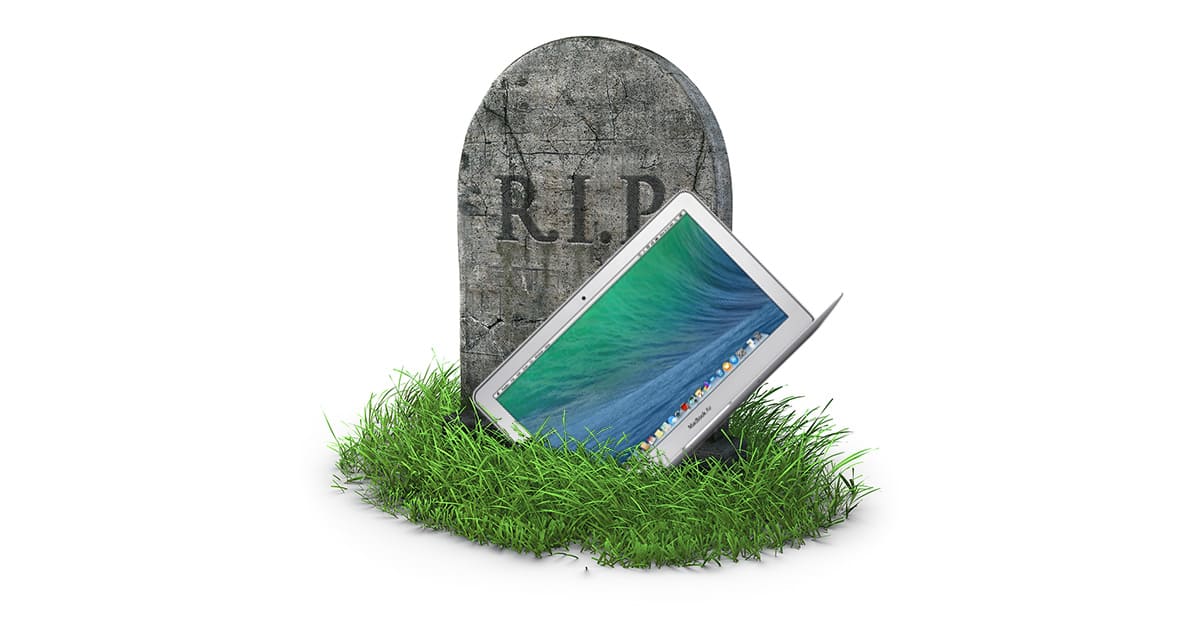Farewell, 11-inch MacBook Air, we knew you well. Apple dropped the diminutive Mac laptop from its online store on Thursday following the “hello again” event where new Retina MacBook Pro models were introduced. The 13-inch MacBook Air is still available, but now the 12-inch MacBook is the smallest screen laptop Apple offers.

The 11-inch MacBook Air started at US$899, so now the cheapest laptop Apple offers is the 13-inch Air starting at $999. That extra $100 may not seem like much, but for the budget conscious it may be enough to keep them out of the Mac ecosystem.
The 13-inch MacBook Air didn’t get an update, so it still ships with a 1.6GHz Core i5 processor, 8GB RAM, and a 128GB SSD. Apple also discontinued the 13-inch MacBook Pro with built-in SuperDrive, which means the only laptop still sporting a MagSafe connector is the 13-inch Air. Translation: MagSafe is now a legacy feature.
Apple unveiled new Retina MacBook Pro models at a special media event yesterday and hyped them as the best thing ever for computers. The new models are thinner and lighter, replace the previous model’s USB and Thunderbolt 2 ports with USB-C/Thunderbolt 3, sport brighter screens with a significantly wider color gamut, and include the new Touch Bar multi-function touch strip.
Touch Bar replaces the row of function keys at the top of the laptop’s keyboard. It’s an OLED touch-sensitive strip that dynamically changes based on the app you’re using. It also includes a Touch ID sensor for built-in Apple Pay support and using your finger print for fast user switching.
Losing the 11-inch MacBook Air isn’t a big surprise since it’s getting harder to see where it fits into Apple’s mobile lineup. The death of the SuperDrive 13-inch MacBook Pro was clearly coming, too. It felt like a legacy machine and seemed out of place, although it was popular for Mac fans who wanted built-in Ethernet and relied on the SuperDrive.
Retiring products and moving on to something new is the way of the tech industry, and Apple has a ruthless history of doing just that. Still, it’s a little sad to see both of these little workhorses put out to pasture.
I wonder if MagSafe has a failure rate that has lead to too many warranty repairs or too much customer dissatisfaction. The fact that they keep redesigning them makes me wonder. Who here hasn’t had problems with their MacBook’s charging system? Could it be that the problem is not really with the charger, instead the MagSafe connector’s spring-loaded pins wear out, the connection becomes unreliable, and this stresses the charger’s circuitry eventually leading to its early failure? I’m not claiming to be an engineer, just curious if such a thing could happen.
I am sad to see Apple losing the MagSafe on the MacBook Pros. I have found it to be invaluable safety feature. Does Apple want us to break our devices so we have to replace the more often?
Considering how much stuff either got the axe or not mentioned during the “hello, again” event, I am guessing this is Apple’s idea of sarcasm. They probably should have called the event “goodbye, old friend”.